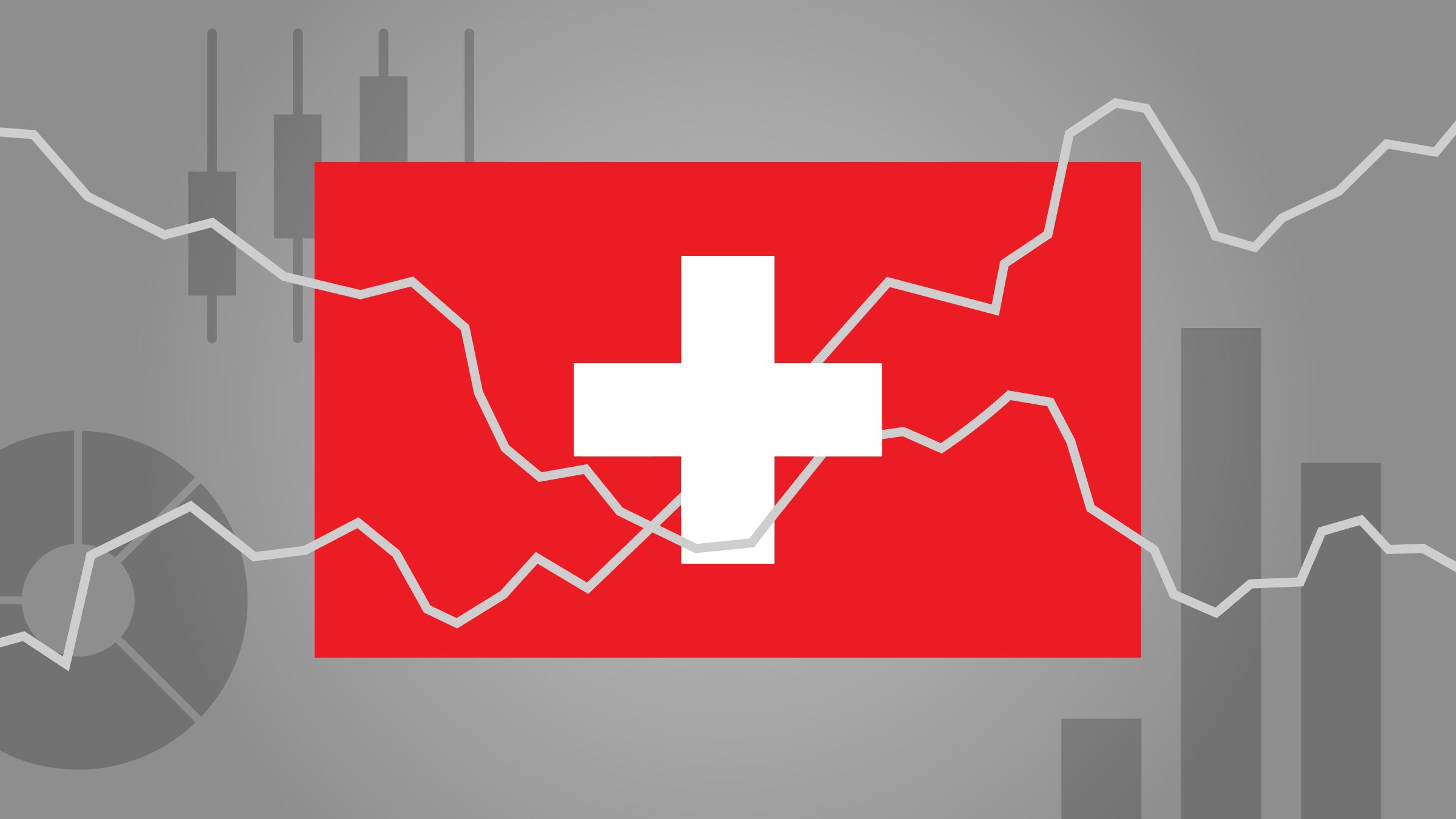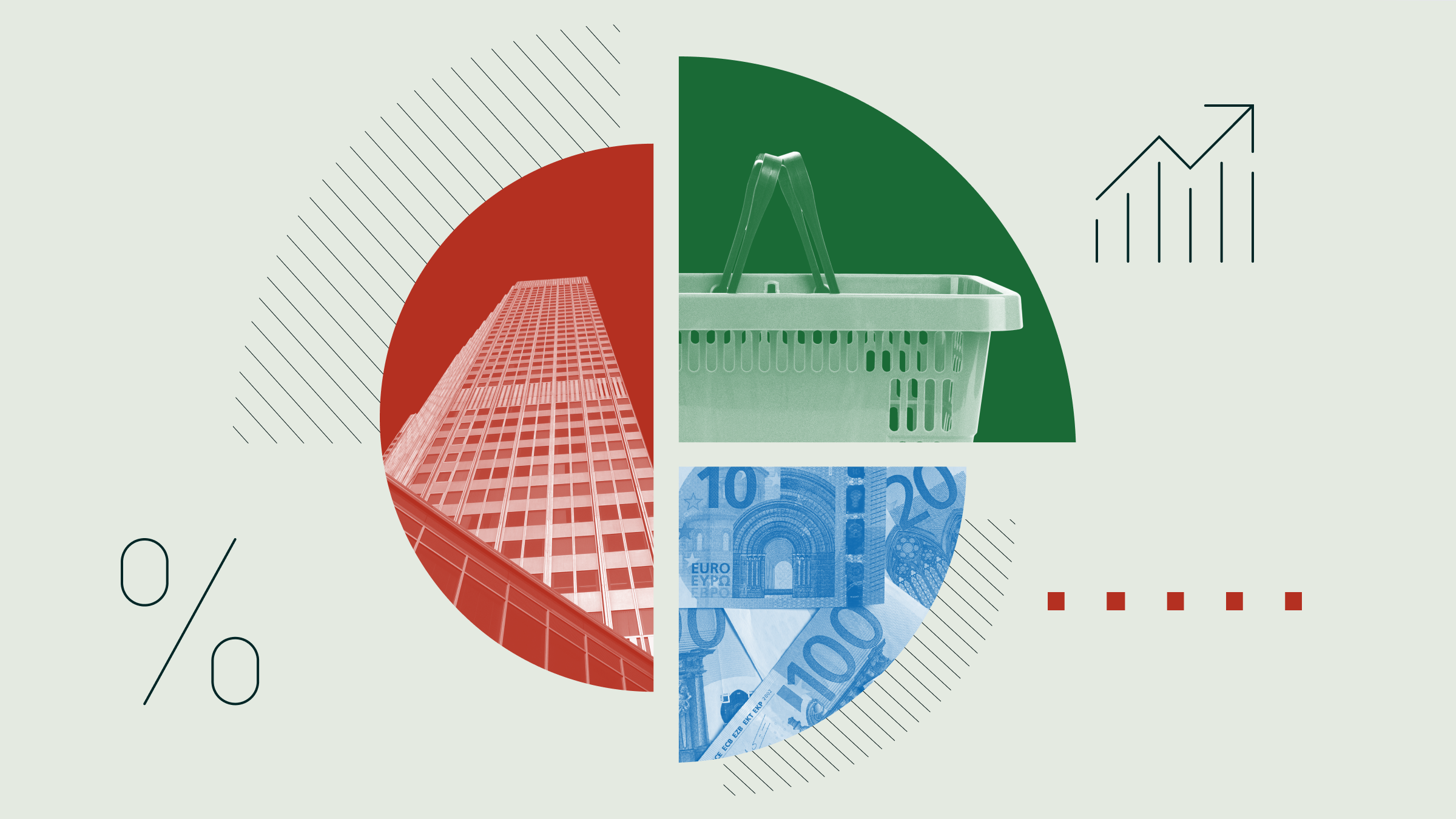Rolle im Portfolio
The EasyETF FTSE EPRA Euro zone ETF provides exposure to listed real estate companies and Real Estate Investment Trusts (REITs) from the Eurozone. The FTSE/EPRA Euro zone Index has exhibited a high degree of correlation to international stock markets over the past decade; hence potential diversification benefits derived from adding this fund to one’s equity portfolio are limited. The index had a correlation coefficient of 0.76 as measured against the STOXX Europe 600 Index and 0.75 against the MSCI World USD Index over the last three years.
REITs can either be used as a core holding or as a tactical call to tilt the investor’s real property exposure to a certain part of the real estate market. Therefore, this ETF may be suitable for investors with a favourable outlook on the eurozone real estate market, and the market in France in particular as the index allocates 54% of its value to French firms.
Property ETFs offer investors exposure to a traditionally illiquid asset class that has historically exhibited stock-like returns and bond-like income streams. However, investors should be aware that direct property investments behave quite differently from investments via real estate funds; meaning that funds tend to have high correlations to stock markets and thereby limited diversification benefits for a portfolio. Nevertheless, real estate funds offer a few advantages for investors compared to a direct property investment, e.g. no required mortgage or maintenance are required and improved liquidity versus direct investment.
Fundamentale Analyse
The eurozone sovereign debt crisis has recently re-gained momentum. Greece was unable to form a government after May’s elections and now faces another round of elections in June. This highlights the obvious risk that austerity measures will not be implemented, forcing the EU and IMF to potentially withhold the next tranches of bailout money. In fact, many investment banks now estimate the probability that Greece will leave the monetary union to be over 50%. Moreover, investors are increasingly concerned about the potential spill-over effects to heavily indebted Southern countries like Spain and Italy. On the back of these uncertainties, as of this writing, the Euro has plummeted 5% against the USD since the beginning of March, reaching levels last seen in September 2010. As an export-driven region, and with French and German equities representing almost 70% of the index’s value, a weaker currency could be beneficial. In fact, the latest figures from Eurostat indicate a trade surplus of €8.6bn in March 2012, whereas the European Union shows a trade deficit of €6.7bn. Nevertheless, Southern countries, like Spain and Italy, who are struggling with their debt burdens are barely represented in the index and as such should not have a large direct impact on the index’s performance.
Volume in the European real estate market dropped during the first quarter of the year compared to a year earlier; mainly driven by Germany and France. According to Jones Lang LaSalle, direct investment in European real estate totalled $28bn, reflecting a 27% drop in volume. Volume in Germany dropped 11% year-over-year, whereas France recorded a 74% decline to $2.5bn. Meanwhile lending conditions are deteriorating as the debt market becomes more restrictive due the ongoing financial crisis in Europe which has led large European banks curb their real estate lending programs. However, Jones Lang LaSalle expects that Europe will remain a beneficiary of inter-regional and cross-border capital flows, with investors focusing on Paris and cities in Germany and the Nordic region which have been able to attract investors given their safe haven status, high liquidity, income security and diversification benefits. In all Jones Lang LaSalle expects investment volumes to drop by 10% in 2012 to $150bn compared to 2011.
REITs in mature real estate markets, like those in Europe are mainly engaged in owning and operating real estate assets. Going forward, it will be difficult for REITs to mirror their pre-crisis performance. The industry has benefited over the last 10 years from increasing leverage, lower interest rates, rising property values, and generally strong growth in property demand. For now, the latest interest rate developments are supportive of real estate markets as the ECB maintained interest rate levels since December 2011 at historical lows. However, borrowing costs will eventually rise again and thereby increasing cost of capital for REITs, creating pressure on asset values and reducing cash flow as well.
Indexkonstruktion
The FTSE EPRA Euro zone Index provides equity exposure to REITS in the Euro zone. The component stocks must derive the vast majority of their income from holding or developing property and be domiciled in the eurozone. The index is free-float market capitalisation weighted and the constituents must have a total free float adjusted market capitalisation of at least €50m. Components’ equity value traded on an official stock market—based on 3 months’ annualised volume—must be in excess of €25m and the company has to publish an annual report in English. The index is reviewed quarterly. Constituents must meet all criteria over two consecutive quarterly reviews before they can be included in the index. The average market cap of the index constituents is €1.9bn and therefore in the lower mid cap range as most REITs usually fall into this category. As of writing, the index holds 40 individual stocks and is heavily biased towards France (representing 54% of the index’s value), followed by the Netherlands (16%) and Germany (14%). As for individual holdings, the index’s largest constituent is Unibail-Rodamco (32%).
Fondskonstruktion
The EasyETF FTSE EPRA Euro zone ETF uses physical replication to track the FTSE EPRA EuroZone Index. The fund owns all the securities within the index, in the same weightings as stipulated by the index. EasyETF engages in securities lending to generate additional revenues. The lending revenue generated can partially offset the TER and is split 50/50 with fund shareholders. To protect the fund from the counterparty risk that results from this practice, EasyETF takes collateral greater than the loan value. Collateral margins vary from 102% to 115%, depending on the assets provided by the borrower as collateral. Cash received as dividends from the underlying stocks is held in the fund’s income account until it is distributed to fund holders. Distributions are made on a quarterly basis. This dividend treatment can potentially create a drag on returns in upward trending markets as dividends are not immediately reinvested into the fund. In practice this cuts both ways. It could also result in outperformance if the benchmark falls in this interim period. The fund may hold up to 20% of its NAV in securities from a single issuer in order to track the benchmark. Under exceptional market conditions the fund manager has the right to invest up to 35% of the fund’s net assets in securities from a single issuer. Even though the fund’s portfolio mainly consists of transferable securities linked to the reference index, it may also invest in negotiable debt instruments, bond instruments, interest rate instruments, equities, securities and similar assets, units in UCITS and/or other UCIs issued by companies domiciled in a Euro zone member state. The fund may also enter into index-swaps or equity swaps and futures in order to achieve its objectives.
Gebühren
The fund levies a total expense ratio (TER) of 0.45%. This lies at the upper of the range for ETFs tracking the European property market.
Alternativen
As of writing, there is only one like-for-like alternative ETF from db X-trackers tracking the FTSE EPRA/NAREIT Euro Zone TR Index offering Euro zone property exposure. db X-trackers uses synthetic replication and levies a TER of 0.35%.
However, there are many ETFs tracking a variety of different pan-European property indices. The largest alternative in terms of total assets under management is the iShares FTSE/EPRA European Property ETF. The ETF uses full replication, levies a TER of 0.40% and is more suitable for investors preferring developed Europe ex-UK exposure.
Investors wishing to include UK exposure might consider the db x-trackers FTSE EPRA/NAREIT Developed Europe ETF. The ETF uses synthetic replication, levies a TER of 0.40% and is biased towards UK property firms, which represent 38 % of the index’s value.

















